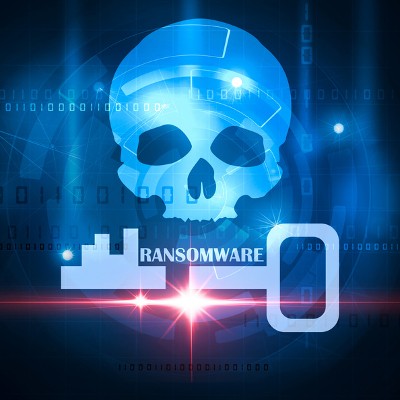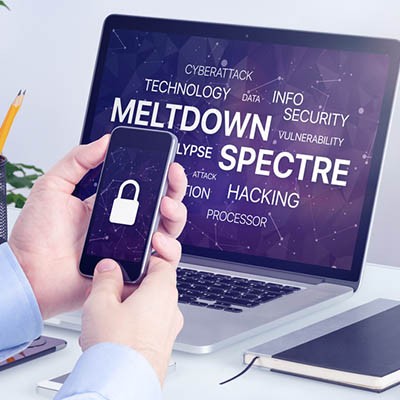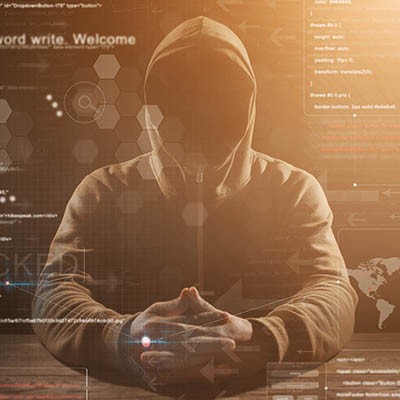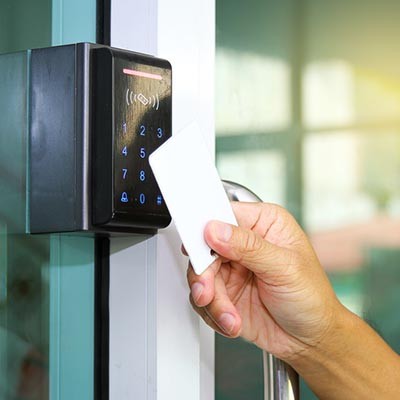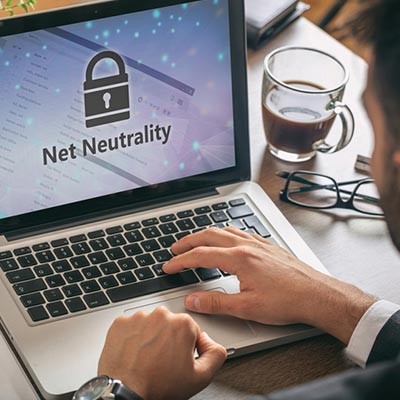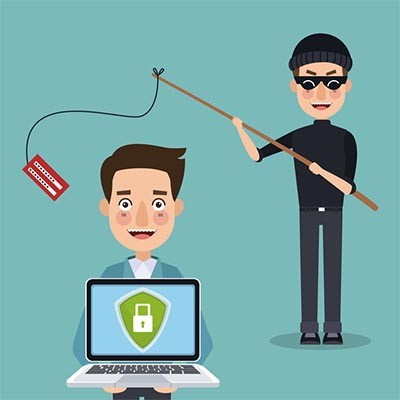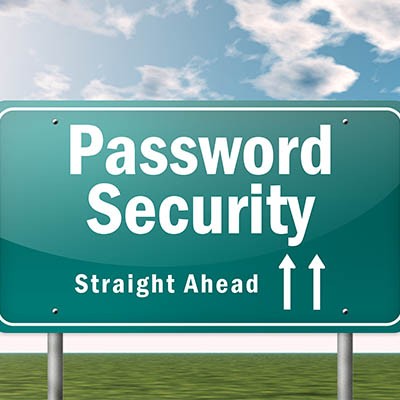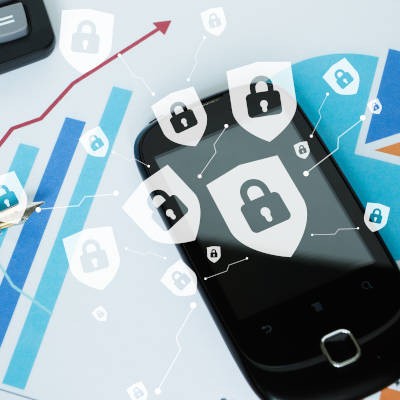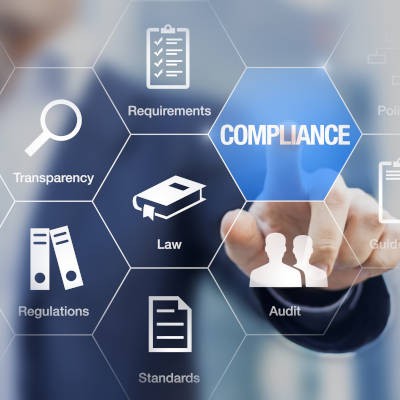Telesys Voice and Data Blog
Put yourself in the shoes of a cybercriminal. If you were to launch a ransomware attack, who would be your target? Would you launch an indiscriminate attack to try to snare as many as you could, or would you narrow your focus to be more selective? As it happens, real-life cybercriminals have largely made the shift to targeted, relatively tiny, ransomware attacks.
As cybercriminals become increasingly sophisticated in their methods of attack, it is important that your staff--the ones on the front lines--are educated to spot these attempts and know what to do if one is encountered. In order to spot these attacks, it is important to know what to look for.
The unfortunate truth of increased technology use in the workplace is that there is a corresponding increase in the potential for cybercrime, more specifically identity theft, to strike the workplace. The question is, what can you do to help prevent it, and how should you react to it should it strike?
Mobile devices are so common nowadays that you’ll likely encounter your employees bringing multiple devices to the office on a regular basis. Little do they know that everything they bring with them, from their Fitbit to their laptop, poses a security threat. Of course, the threat level from each individual device will depend on what it is exactly, but the point stands that the less you do about mobile device security now, the more danger your organization will be in down the road.
This guide was created so that business owners, office managers, and IT departments can provide it as an educational resource to showcase some of the most basic IT security practices that can be implemented in your workplace. We recommend printing this out and handing it out to your staff for maximum results.
There is no understating the importance of strong, reliable passwords to your organization’s network security, especially to protect its wireless connection. However, this can create some friction with your staff when they try to connect to Wi-Fi using their mobile device. To make accessing the Internet easier, scannable QR codes can be used to connect to the Internet.
Smartphones are the predominant mode of communication, as well as now being the devices most used to access the Internet. With so much depending on the modern smartphone, it has become one of the largest, and most competitive, markets of any consumer item. As a result, manufacturers are building devices with software that is able to encrypt the phone against unauthorized access.
Ransomware doesn’t discriminate with its targets, as the city of Atlanta, Georgia now knows so painfully well. The city became the target of a ransomware attack that crippled many of its critical system workflows. The municipal government suffered from one of the most advanced and sustained attacks in recent memory.
It’s been about a year and a half since the Meltdown and Spectre exploits became publicly known. While patches and updates were administered to reduce their threat, they continue to linger on in a less serious capacity. Of course, this doesn’t mean that the threat has entirely been neutered--you still want to know what these threats do and whether or not you’re safe from them.
The term “hacker” is possibly one of the best-known technology-related terms there is, thanks to popular culture. Properties like The Girl with the Dragon Tattoo and the Die Hard franchise have given the layman a distinct impression of what a hacker is. Unfortunately, this impression isn’t always accurate. Here, we’ll discuss what real-life hackers are like, and the different varieties there are.
You might hear the term “zero-day” when discussing security threats, but do you know what they actually are? A zero-day threat is arguably one of the most devastating and dangerous security issues your business could face, and if you’re not prepared, they could be the end of it.
Chances are you have a Google account, whether it’s for business or personal use. It’s more accessible today than ever before and provides a solid way to gain access to several important features and accounts. Considering how much can be done with a Google account, users forget that they can put their security and personal data at risk. Here are some ways that your Google account is at risk, as well as what you can do to fix it.
There will never be a time that we are not committed to improving the security of businesses. To continue striving for this goal, we’re dedicating this week’s tip to describing some solutions that can assist in locking a business and its data down.
When we write about Net Neutrality, we typically write about how it is designed to keep the telecommunications conglomerates, who make Internet service available to individuals on the Internet, honest when laying out their Internet service sales strategy. One way to put it is that without net neutrality in place, the Big Four (which are currently Comcast, Charter, Verizon, and AT&T) have complete control over the amount of Internet their customers can access.
Unfortunately, one of the most effective defenses against phishing attacks has suddenly become a lot less dependable. This means that you and your users must be ready to catch these attempts instead. Here, we’ll review a few new attacks that can be included in a phishing attempt, and how you and your users can better identify them for yourselves.
Imagine a world where there wasn’t a singular dishonest being. Passwords would simply vanish from our everyday lives, as we would not be paranoid of a breach or other forms of cybercriminal activity. The harsh reality is this will never become reality. Even worse, the cybercriminals don’t just skim for lack of passwords. Instead, the dishonest criminal goes even further; they take advantage of common or recurring passwords. So how do you know if your password practices are leaving you vulnerable? Google is here to help.
Wi-Fi has swiftly become one of those amenities that we just expect to have, including in the workplace. While it does make work around the office more convenient, it should not be at the cost of your security. To help prevent this, we’re reviewing a few key Wi-Fi security considerations to keep in mind.
Organizational cybersecurity has to be a priority for every business. These days, companies are getting hacked left and right and being exposed to some of the very worst malware ever created. Today, we will take a look at some cybercrime statistics that will put in perspective just how damaging cybercrime is.
Most companies have some sort of regulation they need to stay compliant to, and 2020 seems to be a landmark year. This year, companies have to deal with end-of-life upgrades, the development of new privacy laws, as well as the existing regulatory landscape. Let’s take a look at why compliance is important and what to expect in the year ahead.
Mobile? Grab this Article!
Tag Cloud


